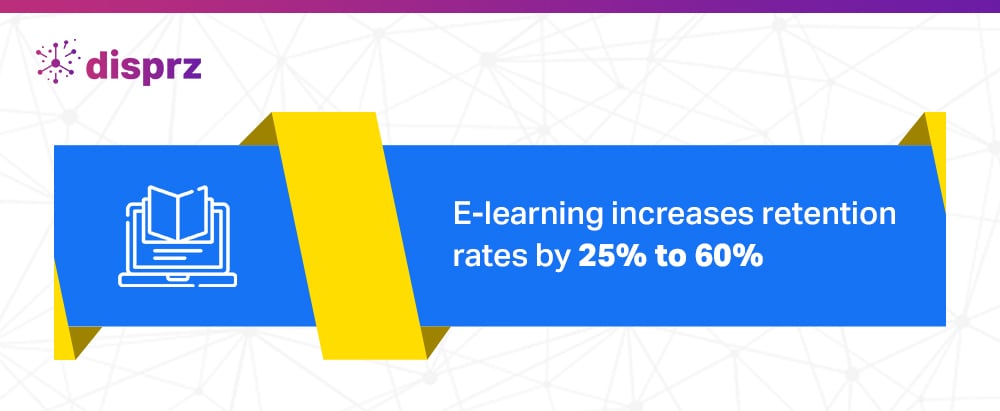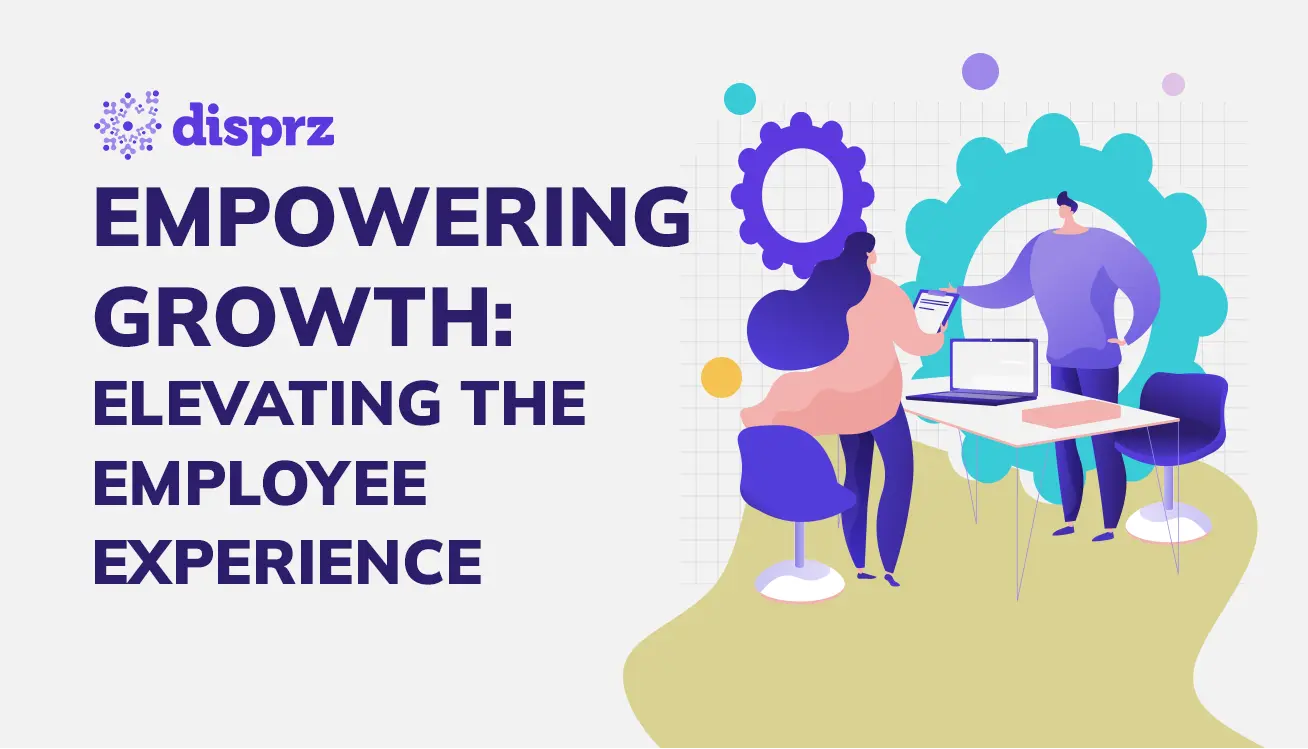-
Outcomes
Latest Blog Posts
 Essential Strategies for L&D Teams in Today’s Workplace by Cultivating Diversity and Inclusion
Essential Strategies for L&D Teams in Today’s Workplace by Cultivating Diversity and Inclusion -
Products
ProductsLatest Blog Posts
 Essential Strategies for L&D Teams in Today’s Workplace by Cultivating Diversity and Inclusion
Essential Strategies for L&D Teams in Today’s Workplace by Cultivating Diversity and Inclusion -
Customers
Latest Blog Posts
 Essential Strategies for L&D Teams in Today’s Workplace by Cultivating Diversity and Inclusion
Essential Strategies for L&D Teams in Today’s Workplace by Cultivating Diversity and Inclusion -
Resources
Latest Blog Posts
 Essential Strategies for L&D Teams in Today’s Workplace by Cultivating Diversity and Inclusion
Essential Strategies for L&D Teams in Today’s Workplace by Cultivating Diversity and Inclusion -
Company
Latest Blog Posts
 Essential Strategies for L&D Teams in Today’s Workplace by Cultivating Diversity and Inclusion
Essential Strategies for L&D Teams in Today’s Workplace by Cultivating Diversity and Inclusion

6 min read
• 18 Oct 2023
Make Employee L&D More Impactful with Blended Learning
Online and traditional learning both have their own advantages. Embrace modern learning technology to have the best of both worlds through blended learning.
-
eBookEmployee Upskilling - A Detailed Blueprint For Building A Skills-Driven Learning Culture
Gone are the days when employees only work from a cubicle. Now employees are spread across different cities and countries. And most employees are hopping on “The Great Reshuffle” bandwagon for more work satisfaction and flexibility. To accommodate a distributed workforce, organizations are becoming flexible and adopting blended learning strategies to engage and retain their top talent.
Understanding the L&D strategies needed for blended learning
Training the distributed workforce is surely a challenge that cannot be overlooked. Your learning and development team needs to take a step back and rethink their enterprise learning strategies. For some companies, rethinking learning means abandoning traditional training methods and moving towards online learning. Online learning is undoubtedly a powerful medium to disseminate knowledge, but that doesn’t give us a reason to eliminate traditional learning that has its own perks.
Let’s delve deeper into the two methods that make up blended learning to discover how this L&D strategy can be more impactful for your employees.
Traditional learning – Is this old school learning technique still effective?
The pandemic forced L&D professionals to debate various learning and development strategies. Online learning captures attention, but traditional learning continues to be a tough contender. Yes, there are a few corners that traditional learning fails to touch, yet it cannot be completely replaced by online learning. For instance, the conventional learning atmosphere gives you the opportunity to:
- Build rapport between learners and mentors through open communication.
- Delve deep into the basics of new knowledge or skills.
- Encourage interaction within the learner group.
- Provide opportunities to clear doubt in real-time
- Provide hands-on experience through mock calls or role-plays.
Traditional learning might not fit into a daily work routine. However, in-person training is essential, especially for frontline roles, where it is critical to demonstrate the process.
Online learning – A smart way to bring learning into the flow of work
Due to ease of accessibility and a high level of flexibility, online learning has gained popularity in the last few years. Moreover, digital acceleration post-covid fueled online learning, making “digital learning” a common buzzword for the L&D industry.
Digital learning brings learning into the flow of work. Employees can conveniently turn their free time into productive learning hours. And asynchronous learning enables trainers to design and deliver course content that the learners can consume at their own pace.
Yes, online learning cannot replace traditional learning, but it allows you to:
- Provide just-in-time training for employees situated in different countries.
- Give employees control over their skill development through self-paced learning.
- Address unique learning needs through personalised learning.
- Maintain training consistency.
- Create a culture of continuous learning.
- Give employees ongoing access to key learning materials.
- Measure the effectiveness of learning sessions.
- You save a lot of time.
Online learning surely misses out on traditional in-person interactions, yet, it encompasses several benefits that can support employee growth and even improve employee retention.

Embrace the power of blended learning for your employees
Whether you choose online or traditional learning, you may miss out on a valuable L&D experience that can contribute to the overall growth of your employees.
So instead of making the tough choice, embrace the power of blended learning to develop your employees.
Let’s look at an example of how we do this with Disprz.
- At disprz, we’ve created a dedicated online learning platform for our in-house learners where the trainers can create learning modules and assign them to the learners.
- The learners receive AI-powered personalised recommendations based on their interests and past learning behaviour.
- We have a social platform where employees collaborate and share learning resources.
- The learning platform has a leaderboard that ranks employees who have enrolled and completed most courses.
- We even leverage our gamification tool to make online learning sessions livelier and more interactive.
- Along with online learning, we even give importance to traditional learning; hence we have in-person boot camps once a month to train the employees.
In this way, you can leverage blended learning to train the employees. With an upskilling platform, you can strictly focus on employee growth. Therefore, using this learner-centric tool, you can effortlessly utilize blended learning strategies to:
- Share documents or resources from your classroom training online to ensure employees do not miss out on important insights.
- Conduct skill gap analyses and create learning courses to develop the necessary skills.
- Curate and assign content to the employees.
- Track learning progress with insightful analytics.
- Boost collaborative productivity through our social platform called buzz
- Create personalized learning journeys for your employees.
- Introduce the employee to a new topic and elaborate on it later in classroom/in-person training.
Blended learning fits especially well within a hybrid work environment. You can easily train employees online, provide feedback, and assess their performance through traditional interactions while they are in the office.
Online and traditional learning both have their own advantages. So embrace modern learning technology to have the best of both worlds through blended learning. You can easily switch from an online learning environment to in-person training and align the learning with the business outcome.

About the author

Debashree Patnaik
Debashree is a seasoned content strategist at Disprz.ai, specializing in enterprise learning and skilling. With diverse experience in B2B and B2C sectors, including ed tech, she leads the creation of our Purple papers, driving thought leadership. Her focus on generative AI, skilling, and learning reflects her commitment to innovation. With over 6 years of content management expertise, Debashree holds a degree in Aeronautical Engineering and seamlessly combines technical knowledge with compelling storytelling to inspire change and drive engagement.
More Resources
4 min read
• 15 Apr 2024
Unlocking the Power of Managerial Engagement in Talent Development
4 min read
• 09 Apr 2024
Nurturing Excellence in Building Leadership Pipelines
4 min read
• 09 Apr 2024
Improving “Employee Experience” For Organizational Growth
Sign up to get free resources and stay up to date with Disprz!
Discover how Disprz can align learning and upskilling with your desired business outcomes.




